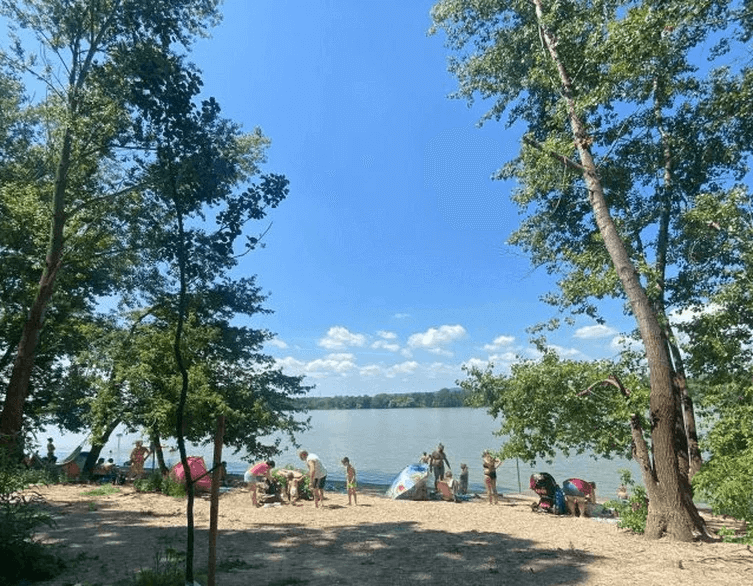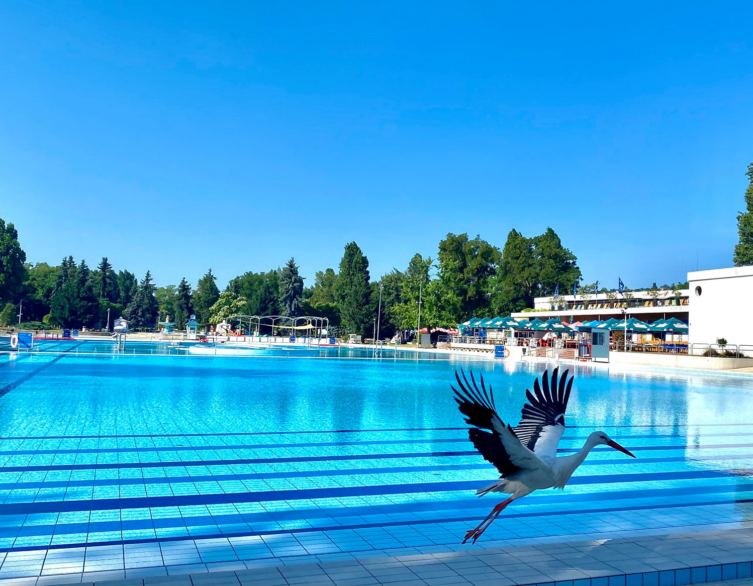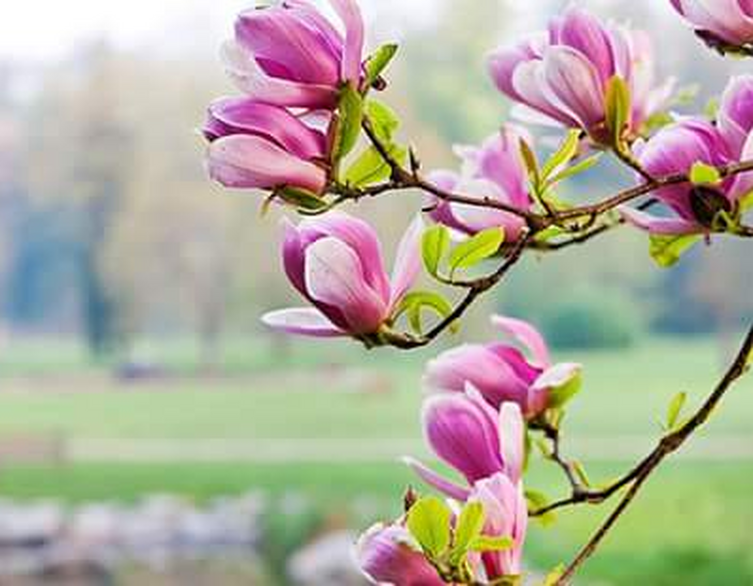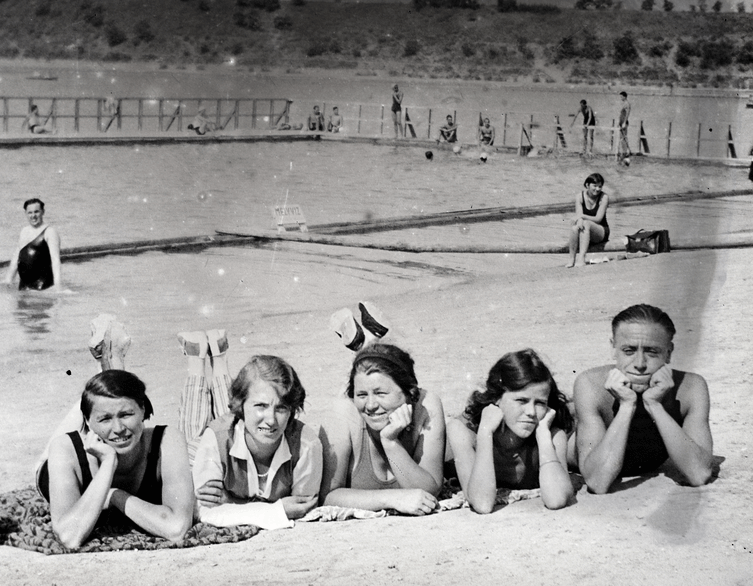Kopaszi-gát: Budapest’s Revitalized Waterfront Gem
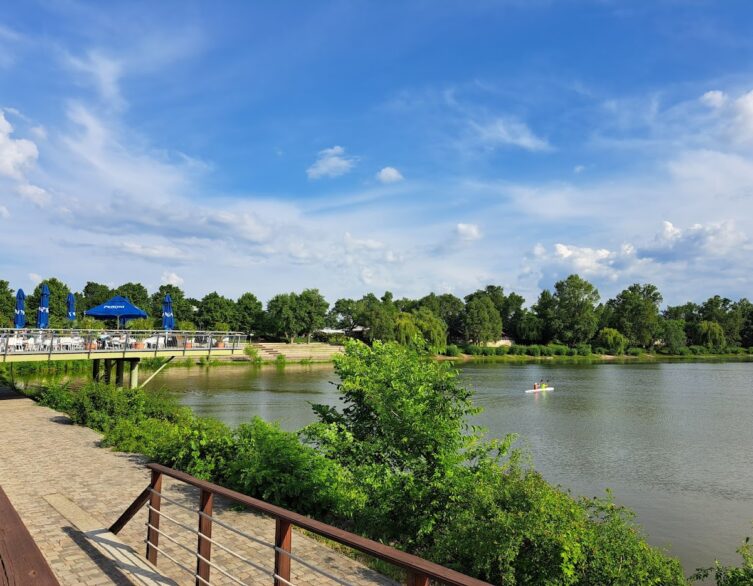
Kopaszi-gát (Kopaszi Dam), a hidden gem located in south Buda, has undergone a remarkable transformation from a neglected piece of land into a vibrant recreational oasis. This innovative development project has created a stunning green space along the Danube River, offering a perfect blend of nature, leisure, and gastronomy for foreign tourists visiting Budapest.
Historical Significance
The history of Kopaszi-gát dates back to the 19th century when the area was prone to ice floods due to the shallow Lágymányosi Bay. To prevent these floods, the construction of the 3 km long Kopaszi parallel dam began in 1870 and was completed in 1876. This dam separated the Lágymányosi Lake from the Danube, allowing for better flood control and future development of the area.
Architectural Revival
In the early 2000s, the local government and property owners decided to revitalize the Kopaszi-gát area. By 2007, the embankment and the surrounding Lágymányosi Bay were transformed into one of Budapest’s most modern and beautifully landscaped public parks. The architectural design of the new facilities, such as restaurants and cafes, emphasizes harmony with the natural environment. The use of materials like concrete, metal, wood, and glass, along with large windows, brings visitors closer to nature while enjoying modern amenities.
Getting There
Kopaszi-gát, a delightful park, is conveniently located and easily accessible through various means of transportation. For those who prefer a leisurely stroll or a bike ride, the park is just a short walk away from the iconic Rákóczi Bridge, making it an ideal destination for a quick escape from the bustling city. If you choose to take public transport, simply hop on tram 1 and disembark at the Rákóczi Bridge stop. From there, a pleasant 10 minute walk will lead you directly to the park’s entrance. For those arriving by car, ample parking is available in close proximity to the park, ensuring a hassle-free visit.
Nearby Attractions
Across the bay, a new urban quarter called BudaPart is taking shape, offering a mix of residential and office buildings, as well as recreational spaces for residents and visitors alike. One of the most exciting additions to this area is Flava Beach, set to open its doors in 2024. This natural water beach will be a hub of activity, featuring a wide range of sports activities, a cocktail bar, sandy areas, a playground, live music, and a variety of summer programs.
Best deals of Budapest
Just a short distance away, the Budapest University of Technology and Economics stands as a beacon of academic excellence. The prestigious university campus is home to a collection of historic buildings and state-of-the-art facilities, providing students with an exceptional learning environment.
Connecting south Buda with Pest, the Rákóczi Bridge is a modern marvel that has been a fixture of the city since its opening in 1995. The bridge offers breathtaking views of the Danube, making it a popular spot for both locals and tourists to take in the beauty of the city.
Rising above the skyline is the MOL Campus, a neomodern skyscraper that serves as the headquarters for the MOL Group. Completed in 2022, this impressive structure is now the tallest building in both Budapest and Hungary. The campus seamlessly integrates a 28-storey tower with a podium, creating a unified and striking architectural form.

Kopaszi-gát
The Kopaszi-Gát: a Budapest must see that adds magic to our capital city.
Kopaszi-gát is a testament to Budapest’s commitment to transforming neglected areas into vibrant, sustainable, and community-focused spaces. With its rich history, modern architecture, and diverse range of activities, this revitalized waterfront gem is a must-visit destination for foreign tourists looking to experience the best of Budapest’s urban nature. Whether you’re looking to relax, enjoy nature, or indulge in culinary delights, Kopaszi-gát has something for everyone.
Image source: Cacor
Related news
Related events














